This République Française Carte Postale has two red Western Australia 1d ‘Swan’ stamps cancelled with two duplex FREMANTLE / 4/ SP 15/ 02/ W.A postmarks with the P.O obliterator, and it is addressed to Monsieur A. de Speville, Banque Commerciale, Port Louis, Ile Maurice. It has a manuscript ‘Par Paquetbot Post “Ville de la (Ciotat” obscured), via Colombo, as well as an arrival postmark of MAURITIUS/ 2/ OC 29/ 06 (Figure 1).
The reverse of the postcard shows a transit postmark of COLOMBO/ SP 25/ 02/ [maltese cross] and the photo is of the Messageries Maritimes ‘Ville de la Ciotat’. There is a note in French to ‘Cher Papa’ from a daughter (or son) (—-) Speville (Figure 2).
The ‘City of Ciotat’ was 152 metres in length and 15.3 metres in width and it had a gross tonnage of 6,639 tons. It carried 172 first class, 71 second class, and 109 third class passengers. Its speed was 17.5 knots and its propulsion was described as “a machine alternative to triple expansion heated steam by 12 coal-fired boilers”. During construction it was named ‘Mauritius’ but was renamed to Ville de la Ciotat before its launch on April 10, 1892 at La Ciotat, France. It was assigned to the Australian run until 1903, and subsequently served the Far East and then the Levant in 1912-14. It was mobilized during WW I and was torpedoed on December 24, 1915 off the coast of Crete by the U 34, while returning from a trip to Japan. Another postcard showing it docking in Noumea, Nouvelle Caledonie 2-8 1906 is seen in Figure 3.
A report of the sinking of the Ville de la Ciotat in The New York Times is shown in Figure 4.
The Banque Commerciale de L’ile Maurice (Mauritius Commercial Bank [MCB]) is the oldest and largest banking institution in Mauritius. It is also the oldest banking institution south of the Sahara and one of the oldest banks in the Commonwealth to have preserved its original name. The MCB is the only Mauritian bank named in the Banker’s list of ‘The Top 1000 Banks of 2006′. In 1838, by Royal Charter, several British merchants and traders, including James Blyth and William Hollier Griffiths, established the Banque Commerciale de l’isle Maurice to compete with the only other bank, the Bank of Mauritius, which favored the planters on the island. In 1859, MCB’s charter was renewed, but the bank lost the privilege of note issuance. In 1849 Lloyds Bank became a shareholder of the bank which in 2006 has more than 2,000 employees.
I was unable to find any information about the addressee, Monsieur A. Speville although this surname in Mauritius is very well known, and neither have I been able to identify the daughter/son in Western Australia where the name is uncommon. Mauritius is in the southwest Indian Ocean, about 900k east of Madagascar. The Island was found by the Portuguese in 1505, first colonised by the Dutch in 1638, controlled by the French in the 18th century and taken over by the British in 1814. Independence was attained in 1968 becoming a republic in the Commonwealth in 1992. The island was formed volcanically in the remote past, and the highest peak is 828 metres. The capital and largest city is Port Louis, languages are English, French and Creole. The population in 2003 was 1.2 million living on 2,040 sq km. Sugar cane is grown on ca. 90% of the cultivated land and accounts for 25% of export earnings. The climate is tropical modified by south-east trade winds. The island has attracted more than 9,000 off-shore entities, many aimed at commerce in India and South Africa. A map of Mauritius is shown in Figure 5.


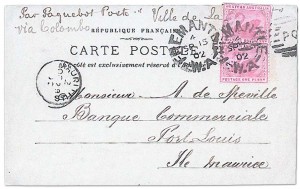
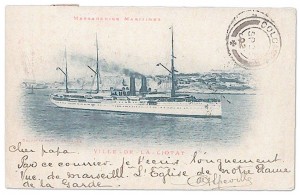
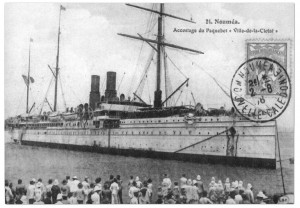
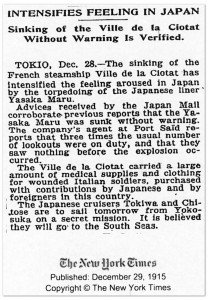
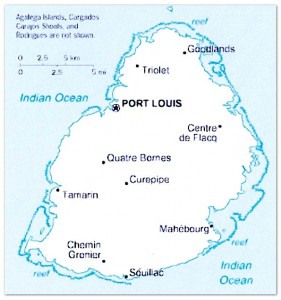





Leave A Comment
You must be logged in to post a comment.